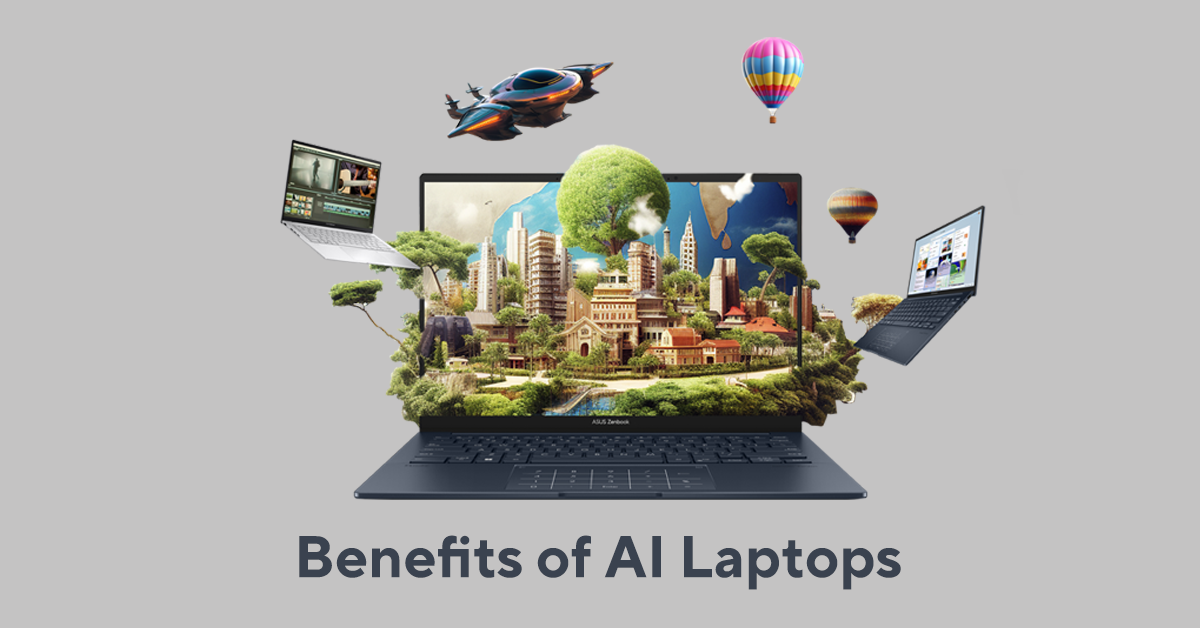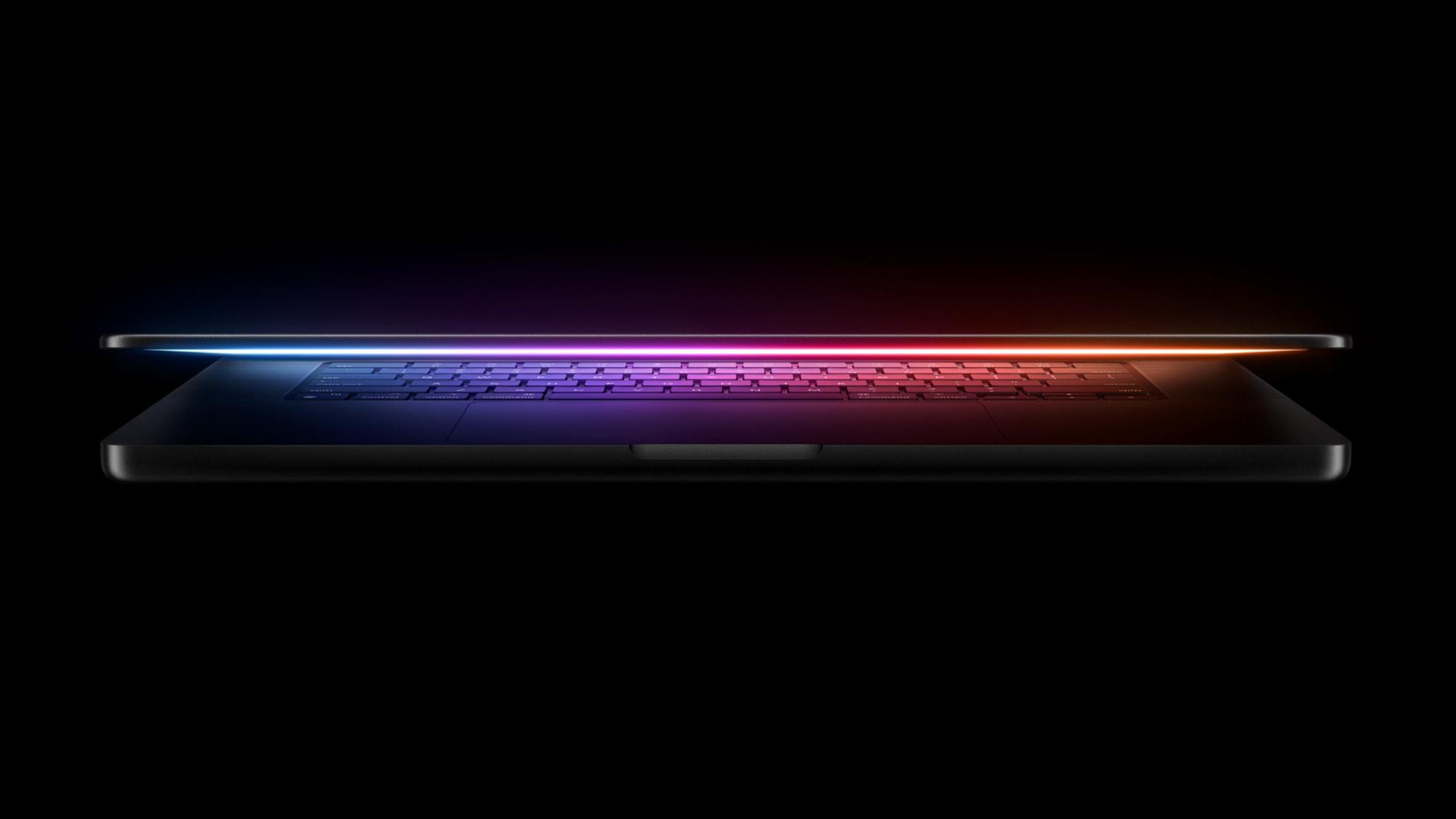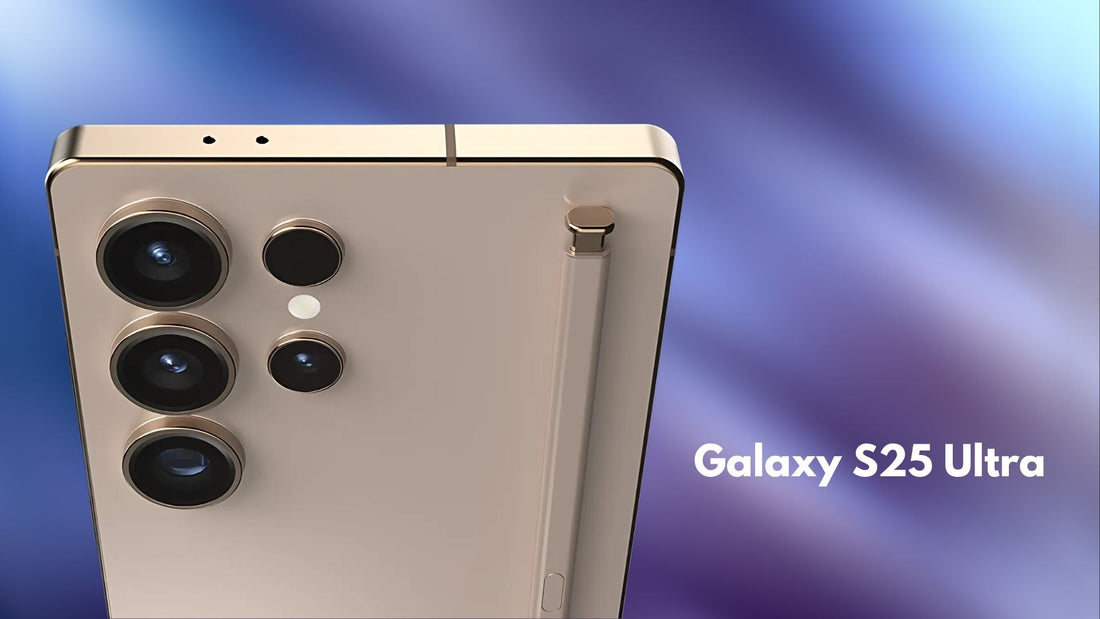Are foldable phones the future of technology, or are they simply a passing gimmick? In a world constantly seeking innovation, the emergence of foldable phones has sparked both excitement and skepticism. This article delves into the evolution of phones, explores the rise of foldable technology, and discusses the benefits and challenges associated with these cutting-edge devices. As manufacturers continue to refine their designs, the foldable phone market trends suggest a growing consumer interest in versatile, compact devices that offer enhanced functionality. Industry experts predict that as prices stabilize and technology improves, foldable phones could potentially dominate the smartphone landscape. However, questions about durability and user experience remain critical factors that could influence their long-term adoption.
Read on to discover top foldable phones available today, learn how to choose the best one for your needs, and gain insights into the future implications of this revolutionary technology. Embrace the possibilities that foldable phones offer in enhancing our digital experiences and stay ahead in the ever-evolving realm of tech innovation.
The Evolution of Phones
Early Days: In the early days of telecommunication, phones were large, clunky devices tethered to a wall. The advent of mobile phones revolutionized communication, allowing people to make calls on the go. These early mobile phones were basic in functionality, with limited features and bulky designs.
Rise of Smartphones: With the introduction of smartphones, phones became more than just tools for making calls. They evolved into powerful devices that could browse the internet, take photos, send emails, and run various applications. Smartphones like the iPhone and Samsung Galaxy series set new standards for what a phone could do.
Integration of Technology: As technology advanced, phones began integrating more sophisticated features such as touchscreens, high-resolution cameras, and biometric security systems like fingerprint scanners and facial recognition. These advancements not only enhanced user experience but also made phones essential tools for both work and leisure.
The Push for Innovation: With each technological leap forward, there is a push for further innovation in phone design and functionality. Manufacturers are constantly striving to create phones that are faster, more efficient, and more user-friendly. This drive for innovation has led to the development of foldable phones – a groundbreaking concept that merges portability with larger screen sizes.
The Rise of Foldable Phones
Since the introduction of the first foldable phone in 2019, the tech industry has been buzzing with excitement over this innovative new form factor. The idea of a device that combines the portability of a smartphone with the expanded screen real estate of a tablet has captured the imagination of consumers and tech enthusiasts alike.
Manufacturers like Samsung, Motorola, and Huawei have all entered the foldable phone market, each offering their own unique take on the concept. These devices feature flexible displays that can bend without breaking, allowing users to switch between phone and tablet modes seamlessly. The sleek and futuristic designs of these phones have garnered attention not just for their functionality but also for their aesthetic appeal.
One key advantage of foldable phones is their ability to revolutionize multitasking. With larger screens that can be folded out or in as needed, users can run multiple apps simultaneously or watch videos in a more immersive way. This versatility opens up new possibilities for productivity and entertainment on-the-go.
As more advancements are made in display technology and hinge mechanisms, we can expect foldable phones to become even more refined and durable in the future. The rise of foldable phones signals a shift towards innovation and creativity in the smartphone industry, offering consumers a glimpse into what technology holds in store for us.
Top Foldable Phones in the Market
In the ever-evolving world of technology, several top-notch foldable phones have hit the market, revolutionizing the way we perceive mobile devices. The Samsung Galaxy Z Fold 3 stands out with its impressive large inner display and enhanced durability, making it a premium choice for those seeking cutting-edge innovation.
Another contender in the foldable phone arena is the Huawei Mate X2, boasting a sleek design and powerful performance. Its unique Falcon Wing hinge mechanism not only adds to its aesthetic appeal but also ensures a smooth folding experience, setting it apart from traditional smartphones.
For those looking for a more compact option without compromising on functionality, the Motorola Razr 5G combines nostalgia with modern technology. Its retro flip design appeals to users who appreciate a blend of classic style and contemporary features, making it an attractive choice for trendsetters.
The Microsoft Surface Duo deserves recognition for its innovative dual-screen design that enhances productivity and multitasking capabilities. With seamless integration between apps on both screens, this foldable phone offers a versatile user experience that caters to professionals and creatives alike, reaffirming its position as a standout device in the market.
Benefits of Foldable Phones
Enhanced Multitasking: Foldable phones offer a larger display when unfolded, allowing users to run multiple apps simultaneously. This feature enhances productivity by enabling seamless multitasking, such as watching a video while texting or reviewing documents side by side.
Improved Portability: Foldable phones combine the benefits of a smartphone and a tablet in one device, offering portability without sacrificing screen size. Users can enjoy the convenience of a compact phone that expands into a larger screen for tasks that require more space, like gaming or streaming.
Innovative Design and Form Factor: The unique foldable design of these phones sets them apart from traditional smartphones. The sleek and futuristic appearance appeals to tech enthusiasts and fashion-forward individuals looking for cutting-edge gadgets that make a statement.
Enhanced User Experience: Foldable phones provide an immersive experience with their expansive screens and innovative technology. Whether for entertainment, work, or creative pursuits, users can engage with content in new ways that enhance their overall smartphone experience.
Challenges and Concerns
1. Durability: One of the main concerns surrounding foldable phones is their durability. The constant bending and folding of the screen can lead to wear and tear over time, potentially causing display issues or even breakage. Manufacturers are continuously working on improving the materials and design to address this challenge.
2. Crease: Another common concern with foldable phones is the visible crease that forms in the middle of the screen where it folds. While advancements have been made to minimize this crease, it still remains a noticeable feature that some users find distracting. Innovative technologies are being explored to reduce or eliminate this crease entirely.
3. Price: Foldable phones come with a hefty price tag compared to traditional smartphones, making them inaccessible to a wider audience. This high cost is mainly due to the advanced technology and materials used in creating foldable displays. However, as demand increases and technology matures, we can expect prices to become more affordable in the future.
4. App Compatibility: Ensuring app compatibility with foldable phone displays poses a significant challenge for developers. Apps need to be optimized to work seamlessly across both folded and unfolded modes, which requires additional resources and effort. As more users adopt foldable phones, developers are incentivized to prioritize compatibility for a seamless user experience.
How to Choose the Best Foldable Phone for You
When considering purchasing a foldable phone, it’s essential to evaluate your specific needs and preferences to ensure you select the right device for you.
First and foremost, assess the design and build quality of the foldable phone. Look for a sturdy hinge mechanism that allows for seamless folding and unfolding without compromising durability. Consider factors such as size, weight, and ergonomics to determine if the phone fits comfortably in your hand and pocket.
Next, delve into the display features of the foldable phone. Evaluate aspects like screen size, resolution, refresh rate, and durability of the foldable display. Opt for a device that offers vibrant colors, crisp visuals, and smooth touch response to enhance your overall user experience.
Consider the performance capabilities of the foldable phone by examining its internal specifications such as processor speed, RAM capacity, storage options, and battery life. Choose a device that can handle multitasking seamlessly while providing ample storage space for your apps, games, photos, and videos.
Tips for Taking Care of Your Foldable Phone
As an innovative and cutting-edge piece of technology, foldable phones require special care to ensure they remain in optimal condition. Here are some essential tips to help you maintain the longevity and performance of your foldable phone.
Use a Protective Case
Investing in a high-quality protective case designed specifically for foldable phones is crucial in safeguarding your device from scratches, impacts, and other damages. Make sure the case fits your phone perfectly without obstructing its folding mechanism.
Avoid Sharp Objects
To prevent any potential damage to the delicate screen of your foldable phone, it is advisable to keep it away from sharp objects such as keys, coins, or metal accessories that could leave permanent marks or scratches. Handle your device with care to maintain its pristine display.
Keep It Clean
Dust and debris can accumulate around the hinges and creases of a foldable phone, affecting its folding mechanism over time. Regularly clean your device using a soft microfiber cloth to remove any particles that may hinder smooth operation and cause wear and tear on the components.
Avoid Extreme Temperatures
Extreme temperatures can have adverse effects on the performance of electronic devices, including foldable phones. Avoid exposing your device to direct sunlight for prolonged periods or leaving it in extremely hot or cold environments. Optimal operating conditions will ensure the longevity and functionality of your foldable phone.
The Future of Foldable Phones
The Next Generation of Foldable Phones: As technology continues to advance, we can expect to see even more innovative designs and features in foldable phones. Imagine a phone that can be folded into a compact size for easy portability, then unfolded into a tablet for immersive multimedia experiences.
Enhanced Functionality: Future foldable phones may incorporate cutting-edge technologies such as flexible displays, improved durability, and seamless multitasking capabilities. With these advancements, users can enjoy enhanced productivity and creativity on their devices like never before.
Sustainability and Eco-Friendly Designs: Manufacturers are increasingly focusing on sustainable practices in their product development. In the future, we may see foldable phones made from eco-friendly materials and designed for easy recyclability, reducing environmental impact while still offering top-notch performance.
Integration with Other Devices: The future of foldable phones may involve seamless integration with other smart devices in our daily lives. Imagine a world where your foldable phone seamlessly connects with your smart home appliances, car systems, or wearable technology, creating a truly interconnected ecosystem for a more convenient lifestyle.
Conclusion
As technology continues to advance at a rapid pace, foldable phones are emerging as a unique and innovative addition to the tech world. While they may still have some challenges to overcome, the potential for these devices is truly exciting. With ongoing improvements in design, durability, and functionality, foldable phones could very well become the future of mobile technology.
I'm Salim, the creator and tech enthusiast behind this website. My passion for technology has been a lifelong journey, fueled by a deep curiosity about how things work and a desire to explore the latest gadgets and innovations that shape our world.




